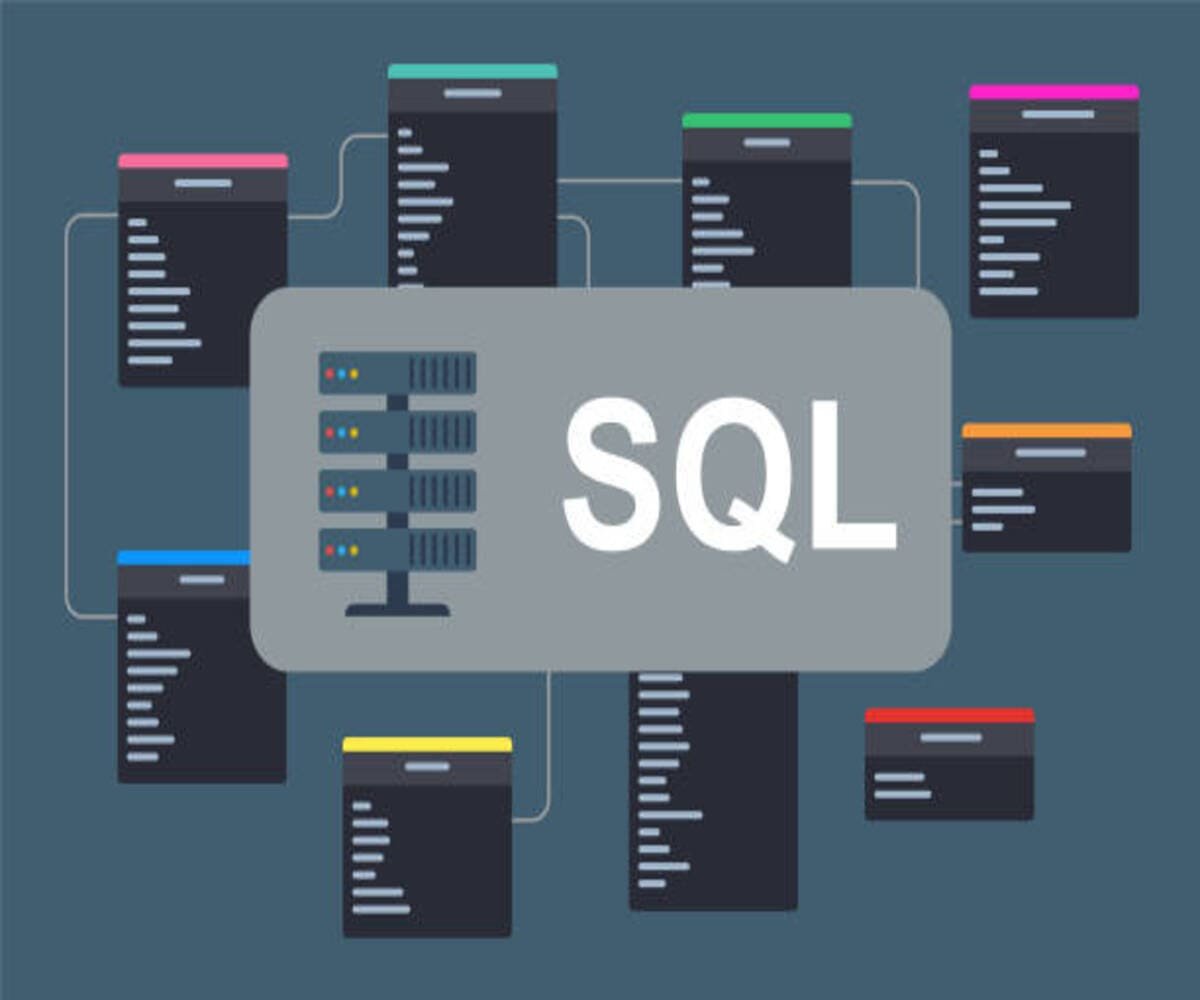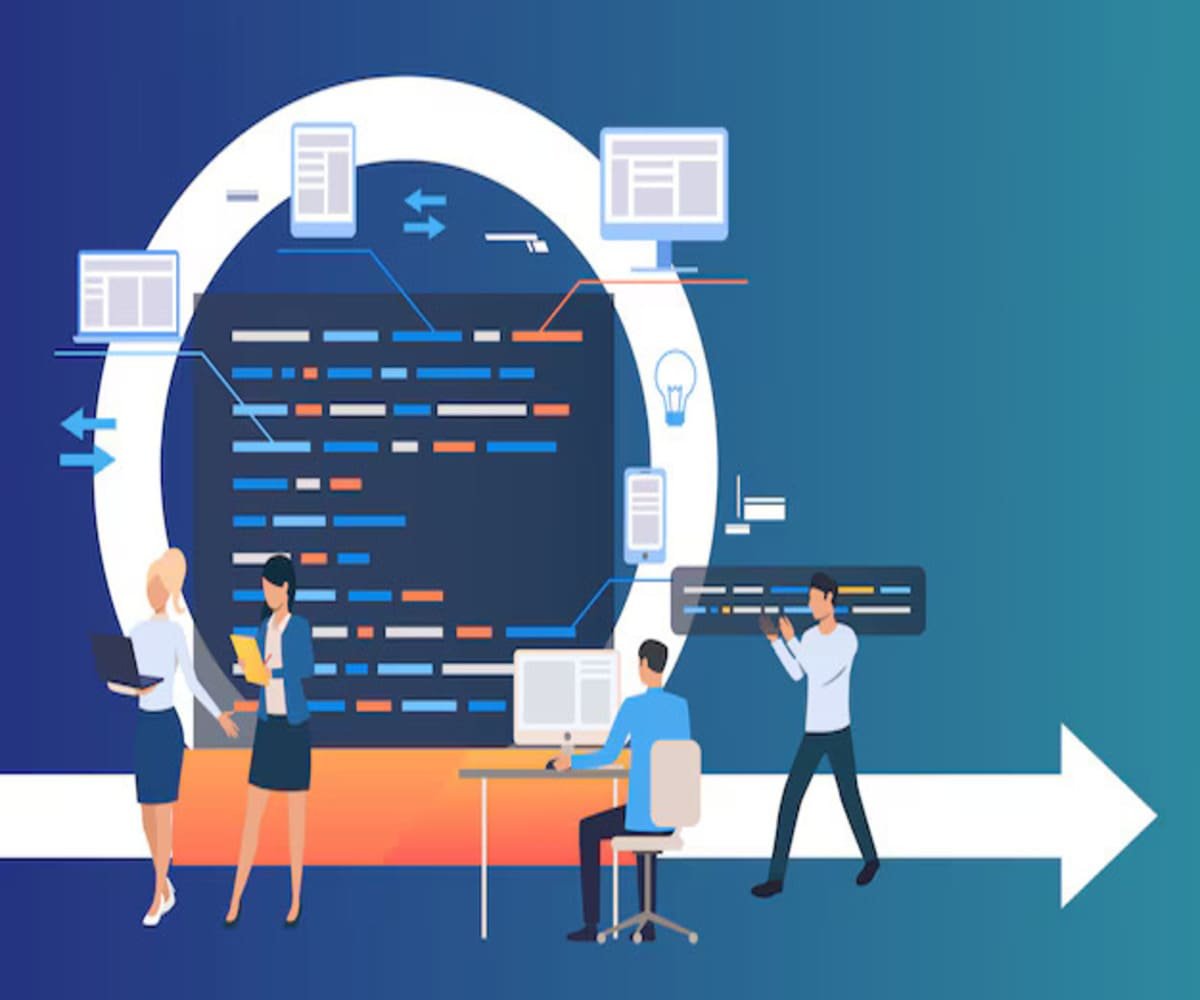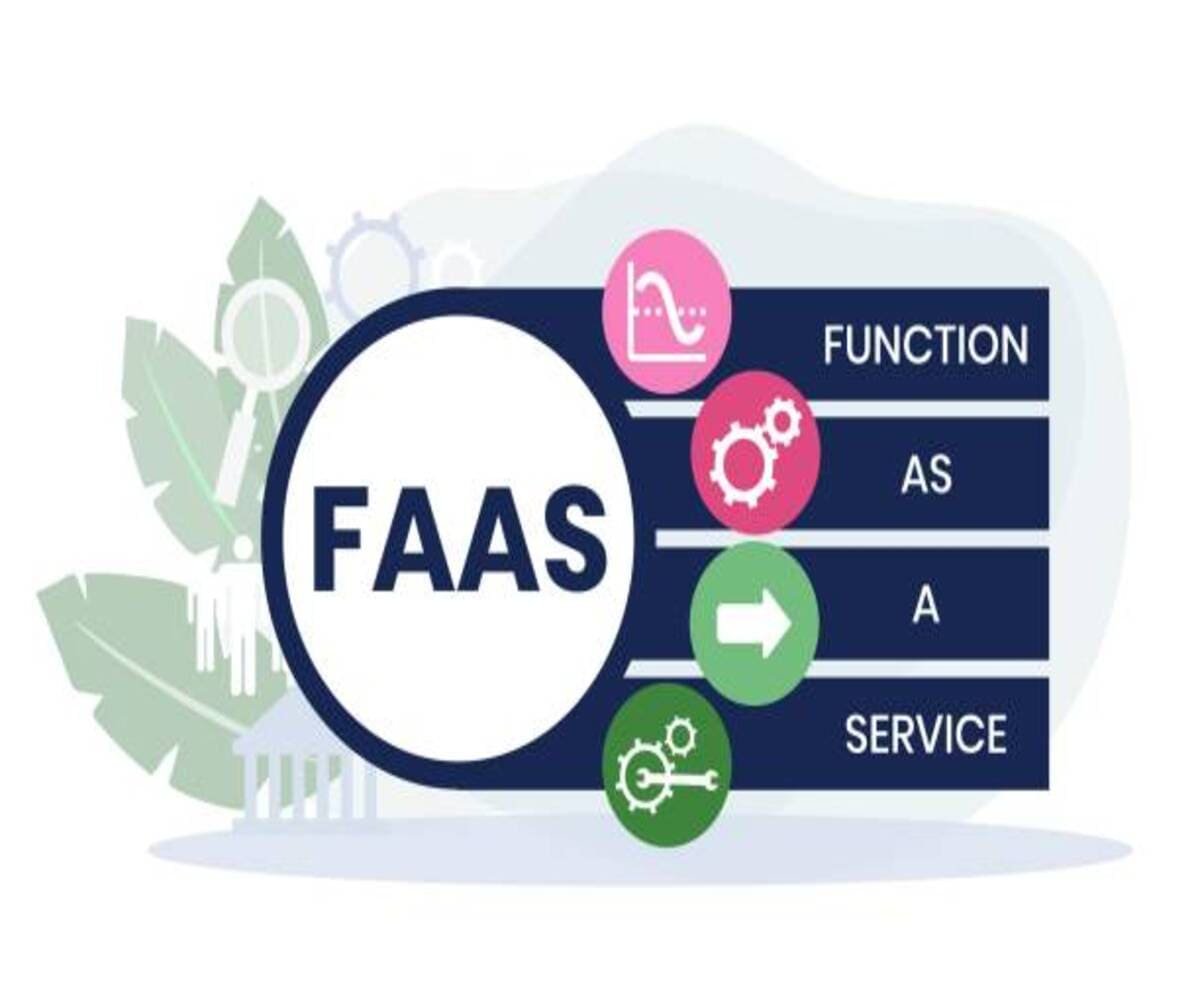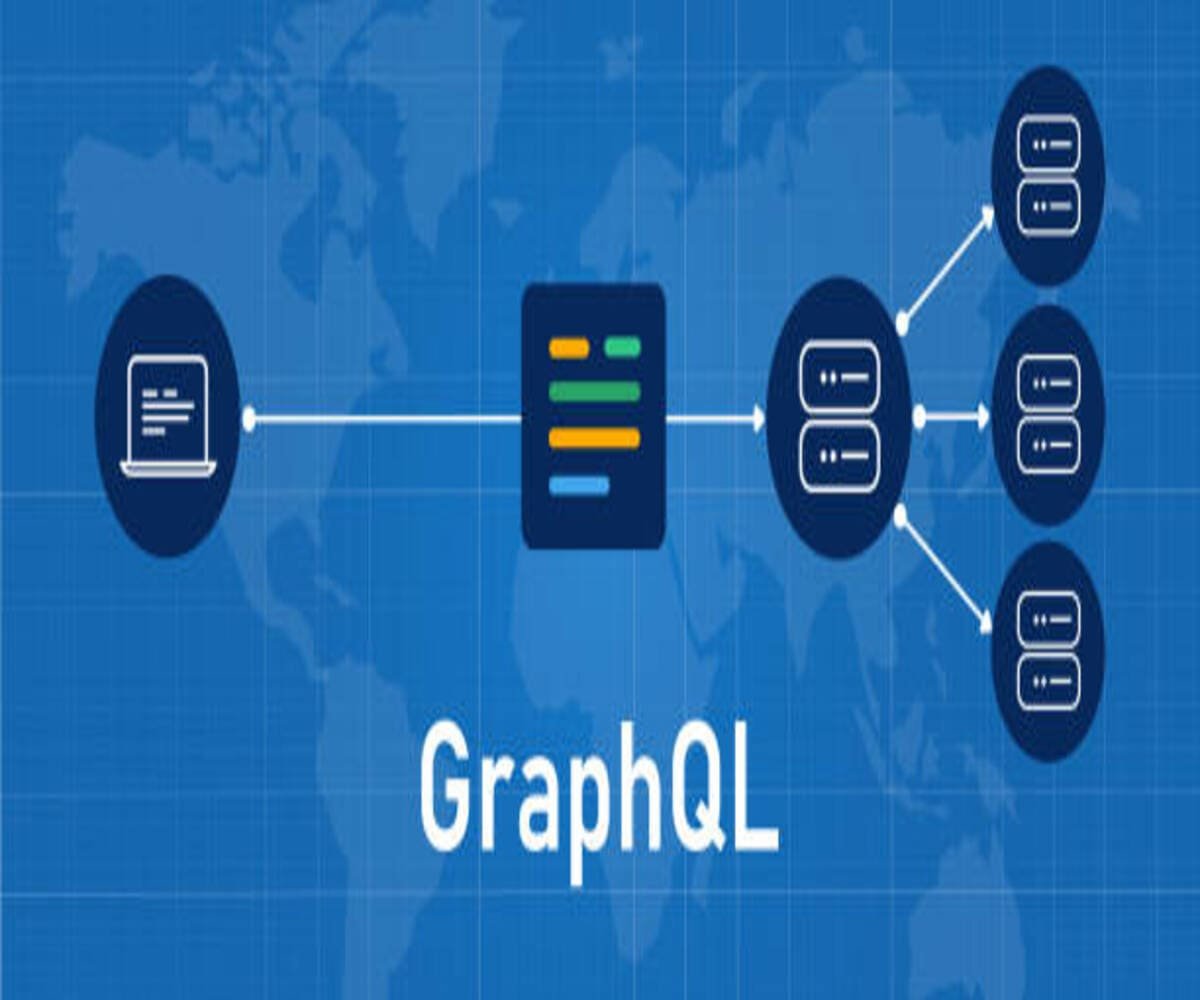Flask is a powerful, flexible, and lightweight web framework for building web applications with Python. Often referred to as a “microframework,” Flask offers the essentials for building a web application without enforcing specific project structures or requiring additional tools. Whether you’re a beginner or an experienced developer, Flask provides an ideal balance of simplicity and extensibility. In this article, we’ll explore the key features of Flask, its benefits, and common use cases.
What is Flask?
Flask is an open-source web framework for Python, designed to be simple, yet powerful, allowing developers to build small to large-scale web applications efficiently. Unlike heavier frameworks like Django, Flask follows the microframework philosophy, meaning it provides the core features required for web development and leaves the rest to developers, giving them the flexibility to use only what they need.
Flask is designed with a minimalistic approach, providing essential components like URL routing, templates, and request handling. It doesn’t include things like database management or form handling out of the box, but it can easily be extended with third-party libraries or custom code to add those features.
Key Features of Flask
1. Minimalistic Core
Flask’s minimalistic core includes only the essentials required to build a web application, leaving other components up to the developer. This lightweight approach makes Flask highly flexible and suitable for small applications as well as complex, enterprise-level systems.
- Customizable: Flask doesn’t impose any project structure, so developers have complete control over how the application is structured.
- Small Footprint: Flask itself is small in size, keeping dependencies to a minimum and making it easy to deploy applications with minimal overhead.
2. Routing
Flask provides a flexible URL routing system, allowing you to map incoming requests to specific view functions. You can define routes using Python decorators and customize routes with parameters.
- Dynamic URL Parameters: Flask allows dynamic routing, so you can capture URL parameters directly from the URL and pass them to the view functions.
- RESTful Routing: Flask makes it simple to implement RESTful services by following a clean, human-readable URL structure.
3. Template Engine
Flask uses Jinja2, a powerful and flexible templating engine, to render dynamic HTML templates. Jinja2 allows you to inject dynamic content, loops, conditional logic, and more directly into your HTML templates.
- Template Inheritance: Jinja2’s template inheritance feature allows you to create base templates and extend them across different pages, making your application easier to maintain.
- Filters and Macros: Flask supports built-in filters and macros that help manipulate data and reduce repetitive code in your templates.
4. Request Handling
Flask provides a straightforward way to handle incoming HTTP requests. You can capture query parameters, form data, and headers with simple access methods, making it easy to manage HTTP requests.
- HTTP Methods: Flask supports common HTTP methods such as GET, POST, PUT, DELETE, etc., allowing you to build RESTful APIs and handle user requests efficiently.
- Request and Response Objects: Flask provides request and response objects that give you easy access to incoming data (e.g., form fields, JSON payloads) and the ability to send customized responses.
5. Extensibility with Extensions
Flask is highly extensible through third-party extensions, which enable features like database integration, user authentication, form validation, and more. Popular extensions include:
- Flask-SQLAlchemy: Adds support for SQL databases like MySQL and PostgreSQL using the SQLAlchemy ORM.
- Flask-WTF: A form handling library that integrates with Flask and Jinja2.
- Flask-Login: Manages user sessions and authentication for web applications.
- Flask-RESTful: Makes it easy to create RESTful APIs with Flask by providing additional tools and resources.
6. Development Server and Debugger
Flask comes with a built-in development server and debugger, which makes it easy to test and debug your applications during development. The built-in debugger provides detailed error messages, stack traces, and allows for live code updates.
- Auto-Reload: The development server automatically reloads your code as you make changes, providing immediate feedback.
- Interactive Debugger: The interactive debugger allows you to inspect the application’s state in the event of an error, helping you quickly identify and fix issues.
7. Session Management
Flask provides built-in support for sessions, which allow you to store data on the server side between different requests from the same user. You can store user-specific information like authentication status, shopping cart contents, or preferences.
- Secure Cookie-Based Sessions: By default, Flask stores session data in secure, encrypted cookies, ensuring that sensitive information is kept safe.
Benefits of Using Flask
1. Flexibility and Simplicity
Flask’s minimalistic and flexible nature gives developers full control over the structure and components they use in their applications. It’s up to the developer to decide what libraries and tools they need, allowing for a more tailored development experience.
- No Constraints: Flask doesn’t impose any structure on your application, so you can organize your project as you see fit.
- Lightweight: With a small footprint, Flask applications can be deployed quickly without the bloat often associated with larger frameworks.
2. Easy to Learn and Use
Flask is beginner-friendly and provides an intuitive API that’s easy to understand for developers new to web development. Its concise and readable documentation makes getting started straightforward.
- Minimal Boilerplate: Flask doesn’t require much code to get started. You can build a basic web app with just a few lines of code, allowing you to focus on building your application rather than dealing with complex setup.
3. Scalability
While Flask is often chosen for small applications, it can also handle larger, more complex projects. By using extensions and adding other tools as needed, you can scale your Flask application to meet your project’s requirements.
- Modular Design: Flask’s flexible structure lets you scale your application in small steps. As your application grows, you can easily add components such as authentication, database management, and API integrations.
- Microservices Architecture: Flask is a great option for building microservices-based applications, as it is lightweight and can be easily deployed as standalone services.
4. Support for RESTful APIs
Flask is widely used for building RESTful APIs because of its simplicity and ability to handle HTTP requests with minimal effort. Its clean routing system and support for JSON make it ideal for creating APIs that communicate with web and mobile applications.
- Flask-RESTful: The Flask-RESTful extension provides tools to create and manage REST APIs, simplifying the process of building scalable web services.
5. Large Community and Documentation
Flask has a large and active community, as well as extensive documentation, which ensures that help is always available. Whether you’re a beginner or an expert, you can find resources, tutorials, and solutions to common problems.
- Active Ecosystem: The Flask ecosystem is rich with libraries and extensions, allowing you to extend the framework to meet the needs of your application.
- Well-Documented: Flask’s official documentation is detailed and regularly updated, making it easy to find solutions to problems and learn best practices.
Common Use Cases for Flask
1. Web Applications
Flask is ideal for building web applications of any size. Whether you are building a small personal blog, a content management system, or a complex e-commerce site, Flask can handle it all.
- Example: Flask is used by companies like Netflix for building scalable applications.
2. RESTful APIs
Flask is a popular choice for building APIs. Its flexibility and simplicity make it easy to design RESTful services that handle HTTP requests and return data in JSON format.
- Example: Flask is commonly used to build APIs for mobile apps or single-page applications (SPAs).
3. Prototyping and MVPs
Flask’s simplicity makes it perfect for building prototypes and minimum viable products (MVPs). You can quickly spin up a basic application and iterate based on feedback, without getting bogged down in unnecessary complexity.
- Example: Startups and developers use Flask to quickly prototype and test new ideas.
4. Microservices
Flask’s lightweight and modular nature makes it an excellent choice for building microservices-based applications, where different components of the application are broken down into smaller, independent services.
- Example: Flask can be used to create microservices that communicate with each other via APIs.
Conclusion
Flask is a powerful and flexible Python web framework that is perfect for building web applications, APIs, and microservices. With its minimalistic design, simplicity, and ability to scale, Flask is a great choice for developers who need flexibility and control over their projects. Whether you’re building a small prototype or a large-scale system, Flask provides the tools and features you need to create efficient and maintainable applications.
By leveraging Flask’s core features, such as routing, templates, and extensibility, you can develop web applications and services quickly and with minimal overhead. Its active community, extensive documentation, and rich ecosystem make Flask one of the best choices for web development today.










